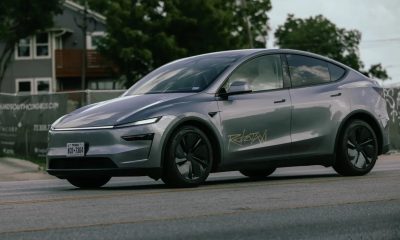

News
Tesla and Stellantis-owned Comau Robotics set up new automation at Fremont Factory
Tesla and Stellantis-owned Comau Robotics are setting up a new series of automation equipment for manufacturing at Tesla’s Fremont Factory in Northern California. According to permits submitted by Tesla to the City of Fremont, Tesla will begin to anchor and install Comau’s products that entail highly automated and effective manufacturing techniques that are designed for electric vehicles.
According to permits submitted to Fremont, Tesla plans to install some new automation equipment at its Fremont Factory. Fremont is the only manufacturing facility where Tesla builds all four models of its currently available electric lineup. The company has made great strides to increase manufacturing efficiency through the use of automation. While CEO Elon Musk admitted in the past that he overlooked the importance of humans operating some portions of a manufacturing line, Tesla still understands that making all parts of the production process efficient will help the company reach its lofty production and delivery goals, especially as demand continues to increase.
Credit: City of Fremont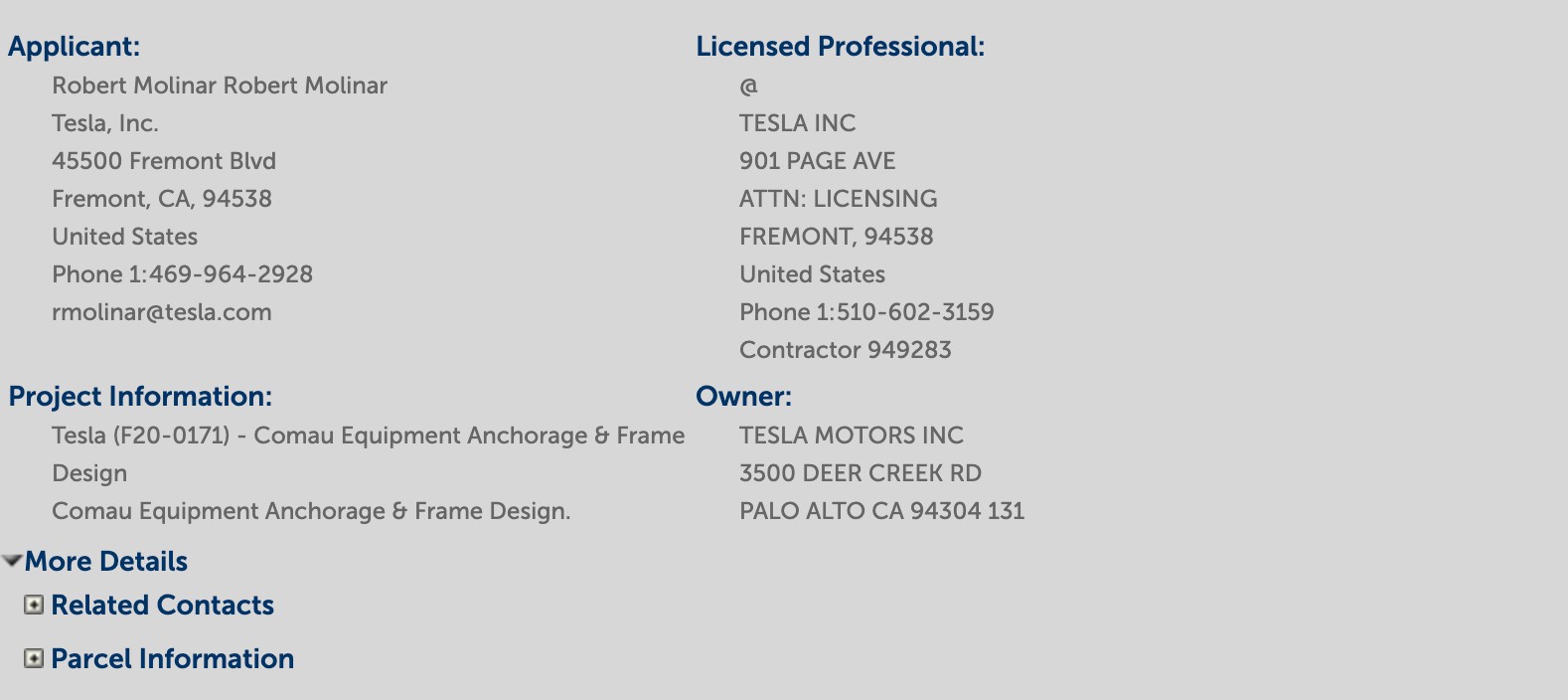
Upon initial examination of Tesla’s application, it states that Comau, an Italian manufacturer of manufacturing products, will be providing Tesla will the machines. Interestingly, Comau is a subsidiary of parent company Stellantis, to who Tesla has been selling regulatory credits to for the past few years. Technically, Tesla has been selling these credits to Fiat-Chrysler Automobiles (FCA). Still, Stellantis recently purchased FCA, along with several other notable automotive brands like Jeep, Dodge, Maserati, Alfa Romeo, and Mopar.
It was announced earlier this week by Stellantis CEO Carlos Tavares that the company would no longer need to purchase the regulatory credits from Tesla as it could reach CO2 emissions goals on its own. “With the electrical technology that PSA brought to Stellantis, we will autonomously meet carbon dioxide emission regulations as early as this year. Thus, we will not need to call on European CO2 credits, and FCA will no longer have to pool with Tesla or anyone,” Tavares said.
Comau, while owned by the relatively new Stellantis, has been in the business of manufacturing equipment since 1984. Earlier this year, Comau also began collaborating with Rockwell Automation in an effort to simplify robotic integration for automotive manufacturers. The partnership between Rockwell and Comau was announced on April 20th, 2021, and should expand the number of robotic applications that are rooted in the automotive industry.
Comau did not return our request for a comment on the partnership.
Yes, excessive automation at Tesla was a mistake. To be precise, my mistake. Humans are underrated.
— Elon Musk (@elonmusk) April 13, 2018
Interestingly, Rockwell opened an electric vehicle innovation center in Silicon Valley in 2019. The company’s launch of the site was announced in a video, where Rockwell included several pictures of Tesla electric vehicles. Still, no official partnership between Tesla and Rockwell is evident at the current time.
Comau’s expertise in electric vehicles goes deep and has been for things like battery manufacturing and e-Drive manufacturing. The company has several types of systems that are effective for either low or high-volume production, and its proven and lengthy history of experience in the manufacturing sector with robotics could help Tesla keep up with demand developments as the company continues to rage forward with increased production rates.
News
SpaceX successfully launches 100th Starlink mission of 2025
With 100 Starlink missions completed for 2025, space enthusiasts have noted that SpaceX has successfully launched 2,554 Starlink satellites so far this year.
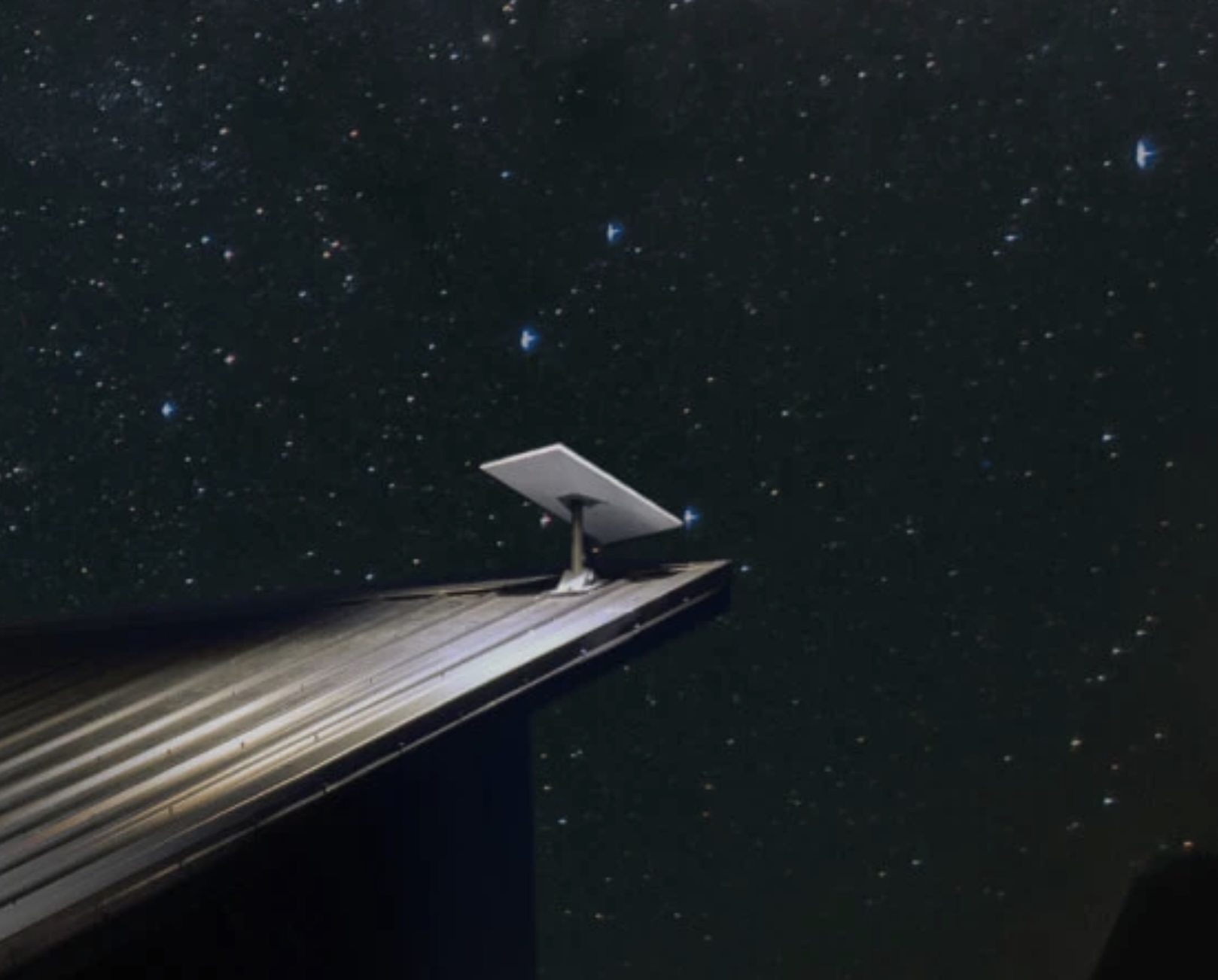
SpaceX achieved its 100th Starlink mission of the year on Friday, October 31, marking another milestone for 2025.
A Falcon 9 rocket carrying 28 Starlink broadband satellites successfully lifted off from Vandenberg Space Force Base in California at 4:41 p.m. ET, carrying another 28 Starlink satellites to Low Earth Orbit (LEO).
Falcon 9 booster’s 29th flight
Roughly 8.5 minutes after liftoff, the Falcon 9’s first stage touched down on the drone ship Of Course I Still Love You in the Pacific Ocean. This marked the booster’s 29th flight, which is approaching SpaceX’s reuse record of 31 missions.
This latest mission adds to SpaceX’s impressive 138 Falcon 9 launches in 2025, 99 of which were dedicated to Starlink, according to Space.com. The company’s focus on reusing boosters has enabled this breakneck pace, with multiple launches each week supporting both Starlink’s expansion and external customers.
Starlink’s network continues massive global expansion
Starlink remains the largest active satellite constellation in history, with more than 10,000 satellites launched, nearly 8,800 of which are currently active. SpaceX recently achieved Starlink’s 10,000-satellite milestone. With 100 Starlink missions completed for 2025, space enthusiasts have noted that SpaceX has successfully launched 2,554 Starlink satellites so far this year.
Starlink, which provides high-speed, low-latency internet connectivity even to the world’s most remote areas, has been proven to be life-changing technology for people across the globe. The service is currently operational in about 150 countries, and it currently has over 5 million subscribers worldwide. From this number, 2.7 million joined over the past year.
News
Tesla shares updated timeframe for Cybertruck FSD V14 release
The Cybertruck was expected to receive FSD V14 before the end of the month, but Tesla was not able to meet the target.
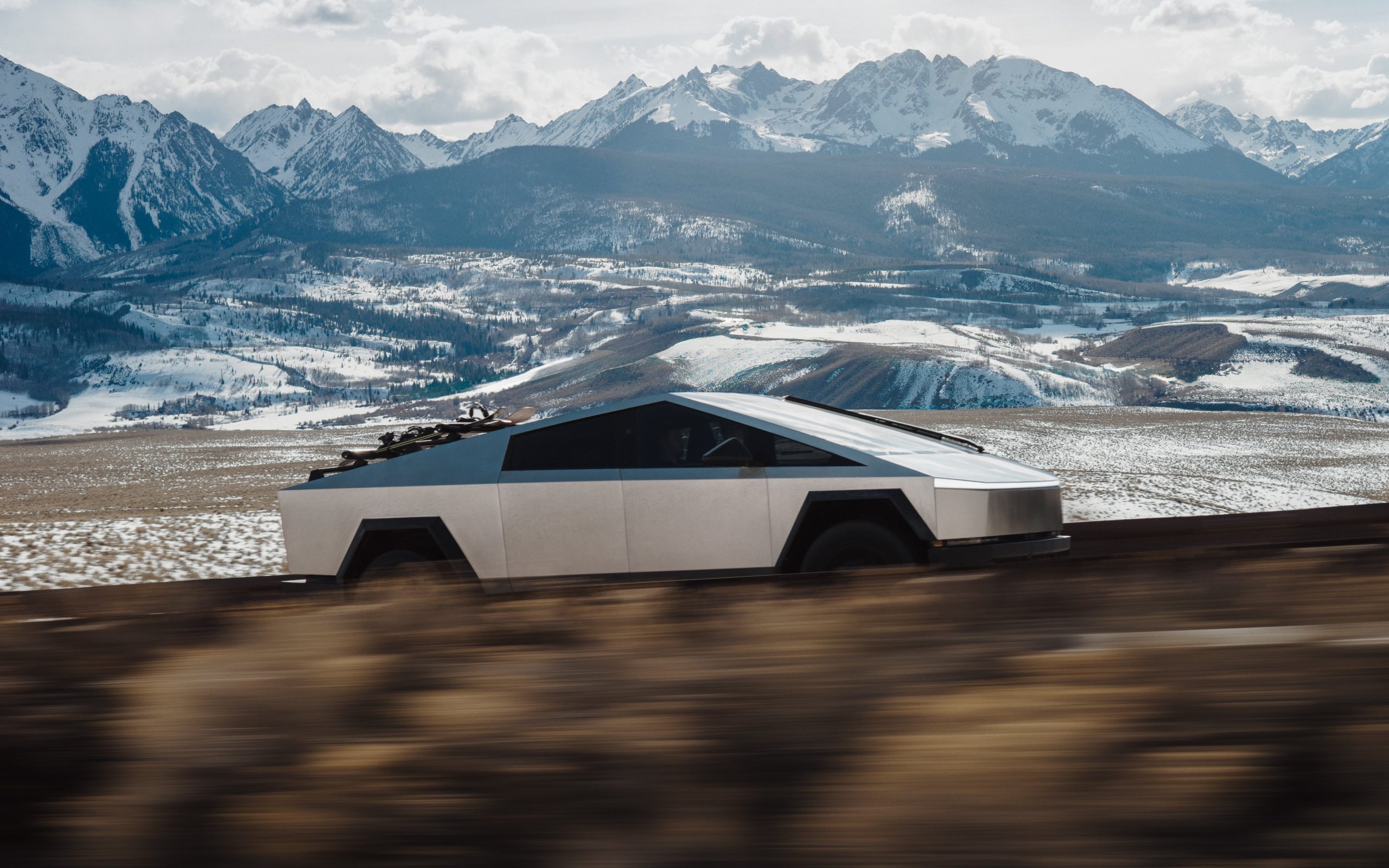
Tesla’s Full Self-Driving (FSD) V14 update for the Cybertruck could arrive this weekend, as per recent comments from Director of Autopilot Software and VP of AI Ashok Elluswamy.
The Cybertruck was expected to receive FSD V14 before the end of the month, but Tesla was not able to meet the target.
Cybertruck FSD V14
Considering the extended wait for FSD V14, it was no surprise that several Cybertruck owners were asking for updates about the system’s rollout to the all-electric pickup truck on Friday. These included the official Cybertruck X account, which responded to Elluswamy’s end of month estimate with “I only see trick. Where is my treat.”
This prompted a response from the AI executive, who replied with, “Sorry, pushing for early access Cyber release over the weekend.” This means that if all goes well, Cybertruck owners would be able to experience FSD V14 very soon. Some, however, are wondering if Tesla would go straight to V14.2 for the Cybertruck’s FSD V14 update, or if the vehicle will receive V14.1 first.
Tesla pushes to unify FSD experience across its lineup
The upcoming Cybertruck rollout represents the next step in Tesla’s efforts to roll out FSD capabilities across all of its vehicles. FSD V14 is a notable step forward for the company’s AI-driven self driving system, with features like Mad Max mode getting positive reviews from longtime Full Self Driving testers.
For the Cybertruck, the FSD V14 update would mark one of its first major over-the-air upgrades for the vehicle. Likely due to its size, the Cybertruck tends to receive FSD updates later than the S3XY lineup, which is quite surprising considering that the all-electric pickup truck is a premium-priced vehicle that is home to some of Tesla’s most advanced technologies.
News
“Tesla Ride” program lets riders experience FSD and Grok AI in real-world demos
The initiative aims to bring supervised Full Self-Driving demos and Grok AI-guided experiences to consumers in real world trips.

Tesla has launched a new service designed to make its Full Self-Driving (FSD) technology familiar to all commuters.
Dubbed the “Tesla Ride” program, the initiative aims to bring supervised Full Self-Driving demos and Grok AI-guided experiences to consumers in real world trips.
How Tesla Ride Works
As per the official Tesla Ride website, the session will allow participants to sit in the driver’s seat while a Tesla Advisor rides shotgun as co-pilot. The Tesla Advisor then guides riders through the company’s latest supervised FSD features, comfort settings, and in-car entertainment. Participants would also be able to interact with Grok AI in the vehicles. Grok will be capable of answering questions during the ride, and it will even tell stories along the way.
Tesla noted, however, that Tesla Ride sessions are capped at 45 minutes each, and it requires participants to have a valid driver’s license and insurance. Interested participants are also advised to call beforehand so they can schedule their Tesla Rides.
Marketing push and reach
The Tesla Ride program runs across several markets from October into November, and in some locations into the end of December 2025. Participating states are numerous, from Michigan to Virginia to Illiois, Nevada, and California, among others. A look at the official webpage for Tesla Ride shows that the company is still taking a very cautious approach with the program, with disclaimers clearly stating that FSD Supervised does not make Teslas autonomous just yet.
Tesla’s focus on safety with FSD was highlighted recently by Senior Vice President for Automotive Tom Zhu. “Elon said it in 2021: “For self-driving, even if the road is painted completely wrong and a UFO lands in the middle of the road, the car still cannot crash and still needs to do the right thing.
“The prime directive for the autopilot system is: Don’t crash. That really overrides everything. No matter what the lines say or how the road is done, the thing that needs to happen is minimizing the probability of impact while getting you to your destination conveniently and comfortably,” the executive stated.
-
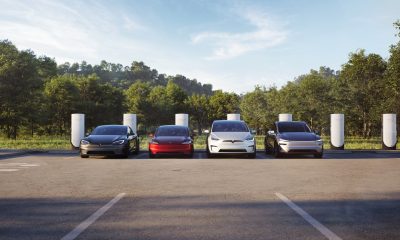
 Elon Musk2 weeks ago
Elon Musk2 weeks agoTesla Full Self-Driving gets an offer to be insured for ‘almost free’
-
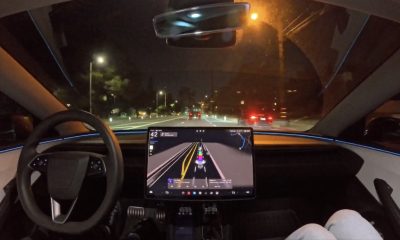
 News2 weeks ago
News2 weeks agoElon Musk confirms Tesla FSD V14.2 will see widespread rollout
-
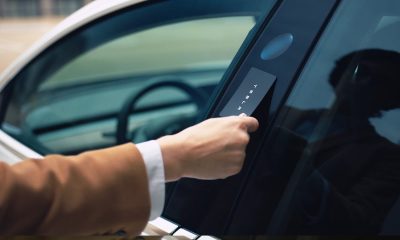
 News2 weeks ago
News2 weeks agoTesla might be doing away with a long-included feature with its vehicles
-
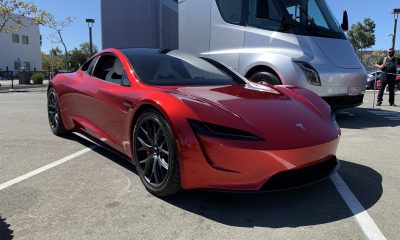
 News2 weeks ago
News2 weeks agoTesla updates fans on its plans for the Roadster
-

 Elon Musk2 weeks ago
Elon Musk2 weeks agoElon Musk: Grok 5 now has a 10% chance of becoming world’s first AGI
-

 News2 weeks ago
News2 weeks agoTesla is ramping up its hiring for the Cybercab production team
-

 News2 weeks ago
News2 weeks agoMultiple Tesla Cybercab units spotted at Giga Texas crash test facility
-

 Elon Musk2 weeks ago
Elon Musk2 weeks agoTesla will launch driverless rides in Las Vegas, but not where you think








